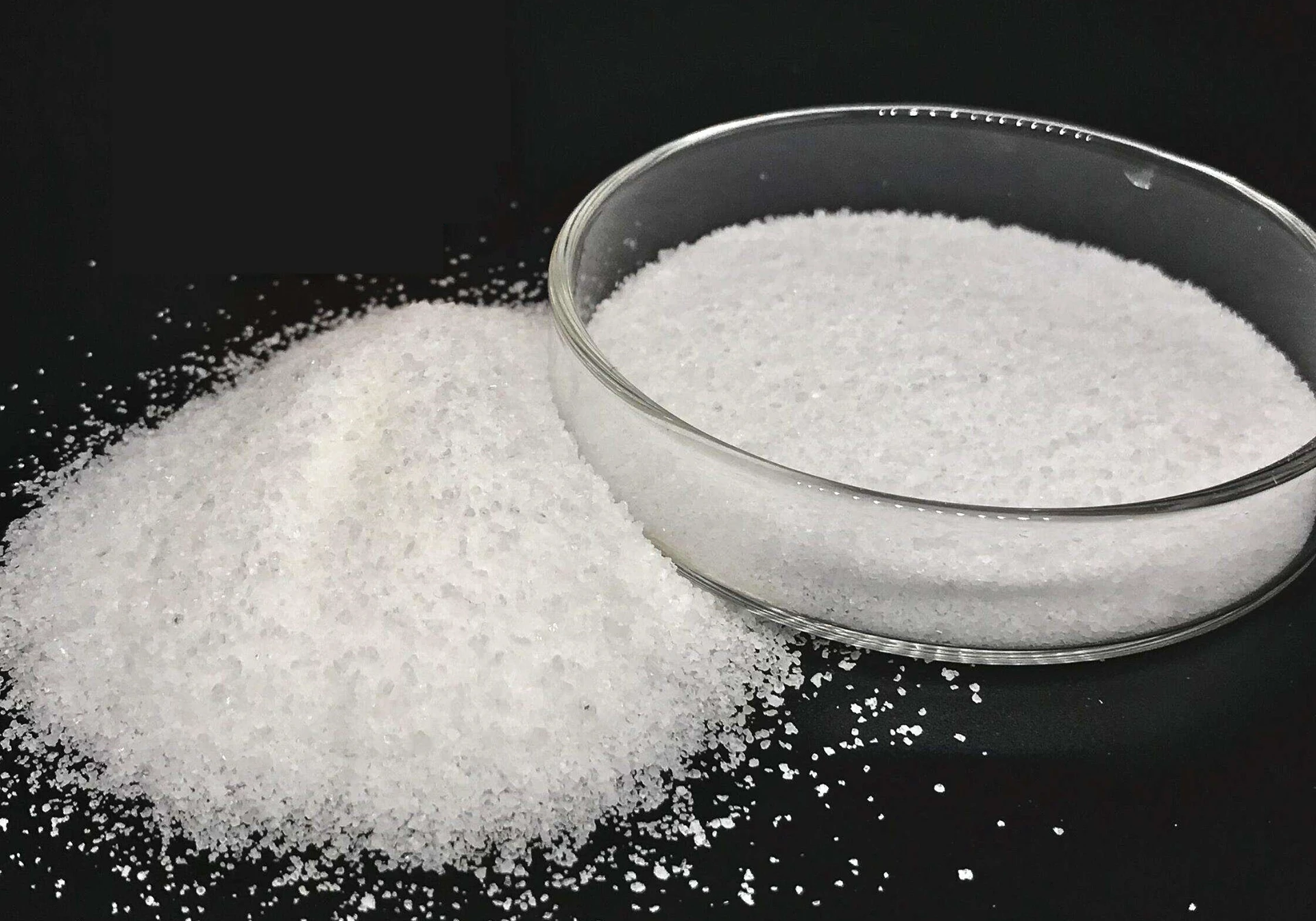



water and wastewater treatment chemicals
የካቲ . 02, 2025 03:27
Back to list
water and wastewater treatment chemicals
Water treatment has become an essential process in our modern world, providing safe and clean water to millions of people daily. Understanding the chemicals used in water treatment not only enhances transparency but empowers consumers with knowledge about the products essential for this critical practice. Here, we delve into the key chemicals in water treatment, offering expert insights with a focus on real-world applications, professional efficacy, and authoritative guidance for informed decision-making.
The often-overlooked process of demineralization, particularly in specialized settings such as industrial sectors, utilizes strong acid cation resins and sodium chloride (salt). Both remove unwanted mineral ions from water, a process critical for preventing scale and ensuring the longevity of equipment. Expertise-driven application of these chemicals provides a reliable means of achieving desired water softness levels necessary in delicate and large-scale operations. Advanced water treatment processes also feature ozone, a chemical rich in oxidizing abilities. Used primarily for its potent disinfection properties and lack of residual taste and odor in treated water, ozone represents a cutting-edge option for facilities striving toward innovation and superior end-product quality. Its application showcases a significant advance in treatment technology, marking a trusted step toward more sustainable practices. Furthermore, reverse osmosis (RO) systems rely on scale inhibitors like antiscalant chemicals. These are essential in membrane preservation, enabling more efficient filtering and enhancing the longevity of RO systems. Expertise in selecting the right antiscalant chemistry ensures these systems operate at peak efficiency, safeguarding the purity of water delivered to consumers. Finally, activated carbon is a stalwart in the removal of organic compounds and chlorine byproducts like trihalomethanes. Its use aligns with authoritative environmental guidelines to reduce the impact of compound residues on human health and the ecosystem. Activated carbon filters out contaminants, enhancing taste and odor, thus reflecting a balance of efficacy and consumer satisfaction. In essence, the choice and application of chemicals in water treatment go beyond routine procedures. They underscore a deeply-rooted expertise built upon years of study and field experience, instilled with trustworthiness through compliance with rigorous health standards. By understanding these chemicals, consumers and industry professionals alike are empowered to make informed choices that preserve water quality, confirming their place as proactive participants in sustainable living. This multi-faceted approach is not merely about meeting requirements but about achieving excellence in delivering clean and safe water to all.


The often-overlooked process of demineralization, particularly in specialized settings such as industrial sectors, utilizes strong acid cation resins and sodium chloride (salt). Both remove unwanted mineral ions from water, a process critical for preventing scale and ensuring the longevity of equipment. Expertise-driven application of these chemicals provides a reliable means of achieving desired water softness levels necessary in delicate and large-scale operations. Advanced water treatment processes also feature ozone, a chemical rich in oxidizing abilities. Used primarily for its potent disinfection properties and lack of residual taste and odor in treated water, ozone represents a cutting-edge option for facilities striving toward innovation and superior end-product quality. Its application showcases a significant advance in treatment technology, marking a trusted step toward more sustainable practices. Furthermore, reverse osmosis (RO) systems rely on scale inhibitors like antiscalant chemicals. These are essential in membrane preservation, enabling more efficient filtering and enhancing the longevity of RO systems. Expertise in selecting the right antiscalant chemistry ensures these systems operate at peak efficiency, safeguarding the purity of water delivered to consumers. Finally, activated carbon is a stalwart in the removal of organic compounds and chlorine byproducts like trihalomethanes. Its use aligns with authoritative environmental guidelines to reduce the impact of compound residues on human health and the ecosystem. Activated carbon filters out contaminants, enhancing taste and odor, thus reflecting a balance of efficacy and consumer satisfaction. In essence, the choice and application of chemicals in water treatment go beyond routine procedures. They underscore a deeply-rooted expertise built upon years of study and field experience, instilled with trustworthiness through compliance with rigorous health standards. By understanding these chemicals, consumers and industry professionals alike are empowered to make informed choices that preserve water quality, confirming their place as proactive participants in sustainable living. This multi-faceted approach is not merely about meeting requirements but about achieving excellence in delivering clean and safe water to all.
Latest news
-
Why Sodium Persulfate Is Everywhere NowNewsJul.07,2025
-
Why Polyacrylamide Is in High DemandNewsJul.07,2025
-
Understanding Paint Chemicals and Their ApplicationsNewsJul.07,2025
-
Smart Use Of Mining ChemicalsNewsJul.07,2025
-
Practical Uses of Potassium MonopersulfateNewsJul.07,2025
-
Agrochemicals In Real FarmingNewsJul.07,2025
-
Sodium Chlorite Hot UsesNewsJul.01,2025










